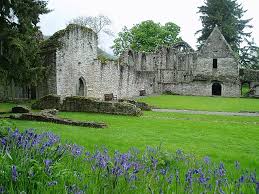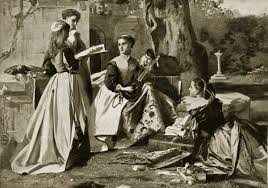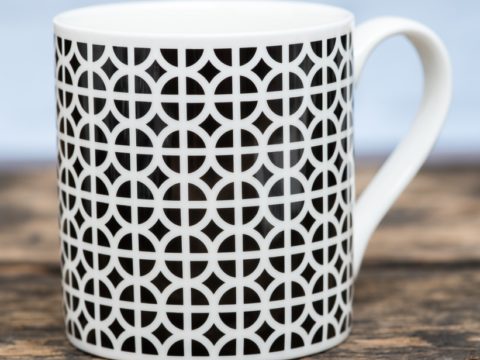The Four Marys
Companions to Mary, Queen of Scots
Chapter 2 : Time in France
The location Marie of Guise chose as most likely to keep the Queen safe during these troubled times, was the almost impregnable fortress of Stirling Castle. However, it soon became apparent that this was not a long term solution. The English government, first under Henry VIII, Mary’s great-uncle, and then the Lord Protector and Council of Edward VI, were determined that she should marry Edward VI, a view supported by some of the Scots nobles.
Marie of Guise, and the pro-French faction among the nobles were determined to prevent this, favouring the “Auld Alliance” with France – especially when it came well lubricated with French pensions – and intended her to marry the French heir, Dauphin Francois. In preparation for an escape to France, the Queen was sent first to Inchmahome Priory, and then to Dumbarton on the coast. It was at Inchmahome that the four Marys joined her household. In 1548, they set sail for France.

The girls endured a rough crossing – all except the Queen were afflicted by sea-sickness. Livingston and Fleming at least had the consolation of travelling with their families since Lord Livingston and Lady Fleming as Guardian and Governess, accompanied the Queen.
On arrival, Mary was immediately taken into the household of King Henri’s children, whilst her four friends were sent away. Henri II’s motive for separating Mary from her companions was two-fold. First, he wanted her to speak French, rather than Scots, and second, he wanted her closest friends to be his daughters, the Princesses Elisabeth and Claude. Not that Henri was averse to a Scots tete-a-tete – Lady Fleming was sent home in disgrace after bearing him a son.
The four Marys were dispatched to the Dominican Royal Priory of Saint Louis at Poissy. Far from being a backwater, Poissy was at the forefront of Renaissance learning, with close ties to the court. There, the Marys would have received a thorough Humanist education, as well as learning all the skills necessary to be wives of noblemen, and attendants on a queen. Seton seems to have been trained in hairdressing, too. Her skill in dressing her mistress’ head – first when Mary’s lustrous auburn hair was the toast of European courts, then afterward, when it thinned and greyed and was augmented by wigs, was remarked on. Later, the Marys returned to the Queen’s household, where they enjoyed such domestic pleasures as making marmalade and crystallized fruit.

